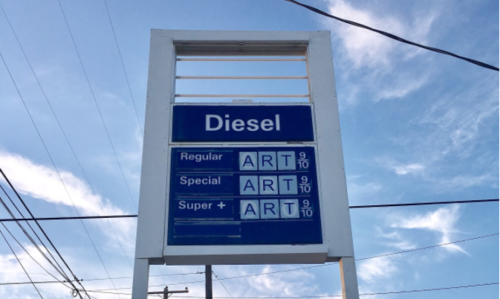
If you’re looking for a strange getaway to a tiny desert island of contradictions, West Texas has something for you. Look no further than Marfa, a 1.5 square-mile minimalist playground
Marfa seems like it is to Austin as Palm Springs is to LA, but with less polish and more weirdness. It once housed a WWII military base before minimalist artist Donald Judd fell in love with the area and moved here in the 1970s, subsequently putting it on the map as a cult destination for minimalist art.

Today, Marfa’s vibe is a melange of new agey woo-woo, mid-century retro, cowboy ruggedness, and haute art. With a population of just under 2,000 (no, I didn’t leave out a zero), it’s a destination for serious art consumers, as well as those simply in search of shibori throw pillows and overpriced sage bundles. Some locals snidely refer to creative newcomers as “Chinazis,” but the reality is that Marfa now runs largely on art tourism.
I cautiously rolled into town at sunset (after getting pulled over for going 80 in a 75 zone by an overzealous Texas cop). I was heading south on 90, which means that I conveniently passed the famed Elmgreen and Dragset Prada Marfa installation.
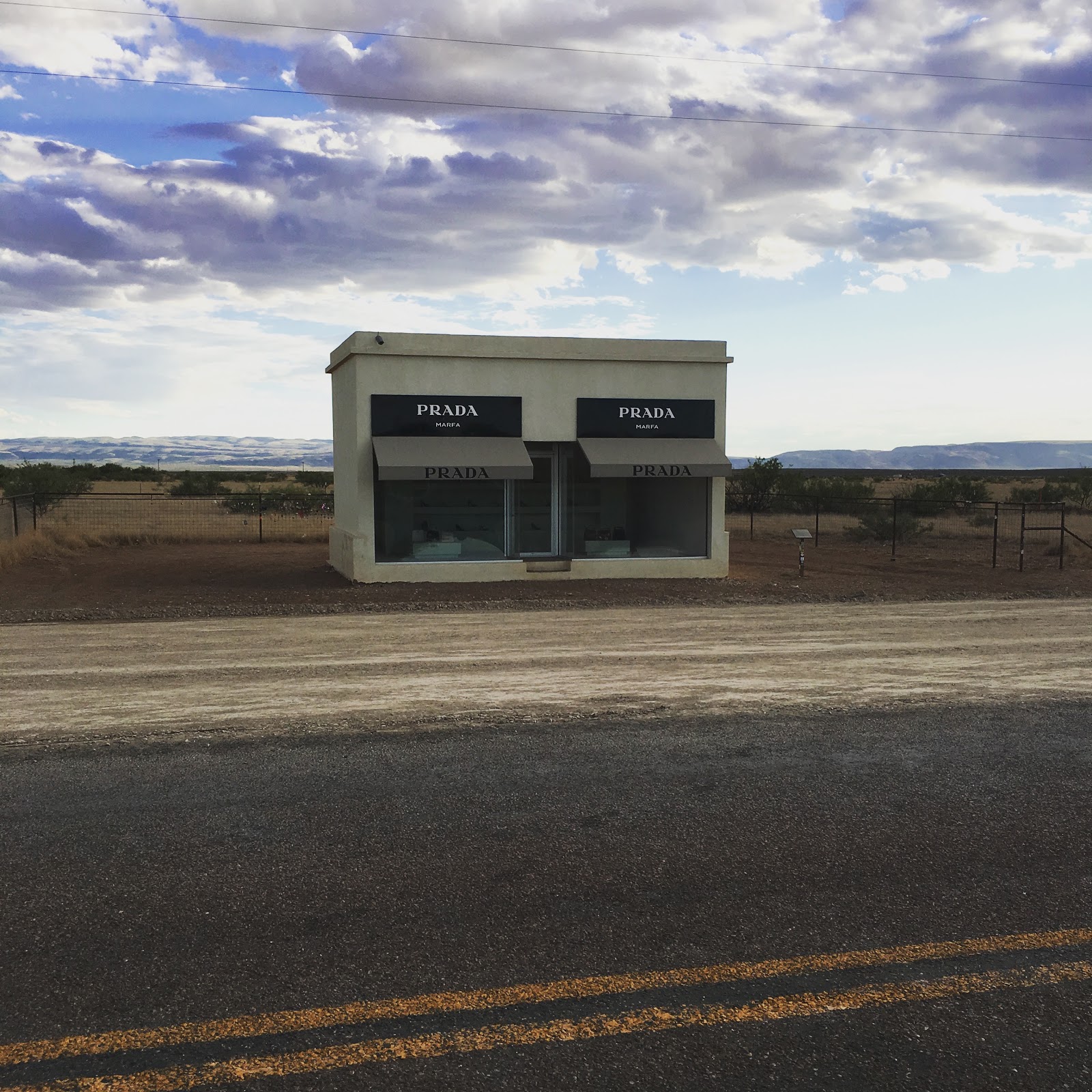
This fake Prada store stands solitary aside the desert highway about 30 miles outside of Marfa, and is one of the town’s best-known landmarks. The “store” is locked and unoccupied, but you can peer in the windows and see the display of shoes, bags, and dead moths littering the carpet, as you ponder the frivolity of high-end consumer culture. An odd but befitting welcome to Marfa.
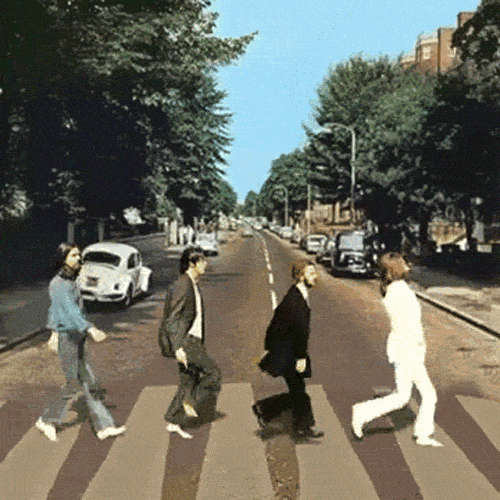
The good news is that you can basically walk everywhere in Marfa. The bad news is that it will be hot. Be aware that a lot of businesses may be closed on Monday/Tuesday and galleries may keep odd hours or require an appointment. If you plan your trip on a weekend, there’s a better chance of catching some of the free and low-cost screenings, readings, openings and performances that happen around town regularly. This is a place you can see in a weekend, or hole up and spend a leisurely fortnight.
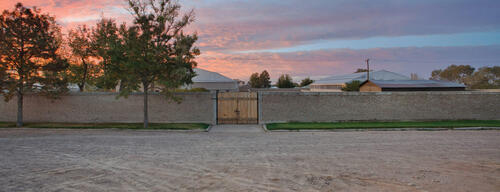
The Judd Foundation “Block” is a must-see. Donald Judd was into conservation, and preferred to work in solitude, so he ended up buying a huge amount of property in downtown Marfa and the surrounding ranch land (to the extent of like, how much space does one human really need). The Judd Foundation does guided tours of his residence, an entire city block on the edge of downtown. The compound is encircled by a formidable adobe wall that seems to say “douchebag,” but was actually built to keep his two young kids out of the way of passing trucks. Around 20 of Judd’s works are on display. The estate stands as it was at the time of his death in 1994, so it’s still full of Judd’s personal effects, like his record collection and simple handmade furniture. Judd loved naps, and preferred to read and sketch while reclining, which is why you’ll find a bed in nearly every room. The whole place demonstrates how he truly lived his artistic philosophy, and is a must-see for architecture/landscape/interior design geeks as well as fans of minimalist art.
The Chinati Foundation is also not to be missed. This permanent collection sits on more military base acreage on the edge of town that Donald Judd snatched up for its expansive space and rustic buildings. Judd didn’t intend to build a collection that was open to the public--he simply wanted to provide his artist buddies with space to work, experiment, and install their art. It was only after his death that Chinati opened for public tours (which you’ll need to book in order to see most of the collection). Tours of the full collection are an all-day excursion, lasting about six hours from start to finish, but the time flies by. Our incredibly knowledgeable guide showed us works by Roni Horn, Dan Flavin, John Chamberlain, John Wesley, Ilya Kabakov, and of course Judd himself. Ever seen photos of those big hollow concrete cubes in the middle of the desert? Yeah, those are here.
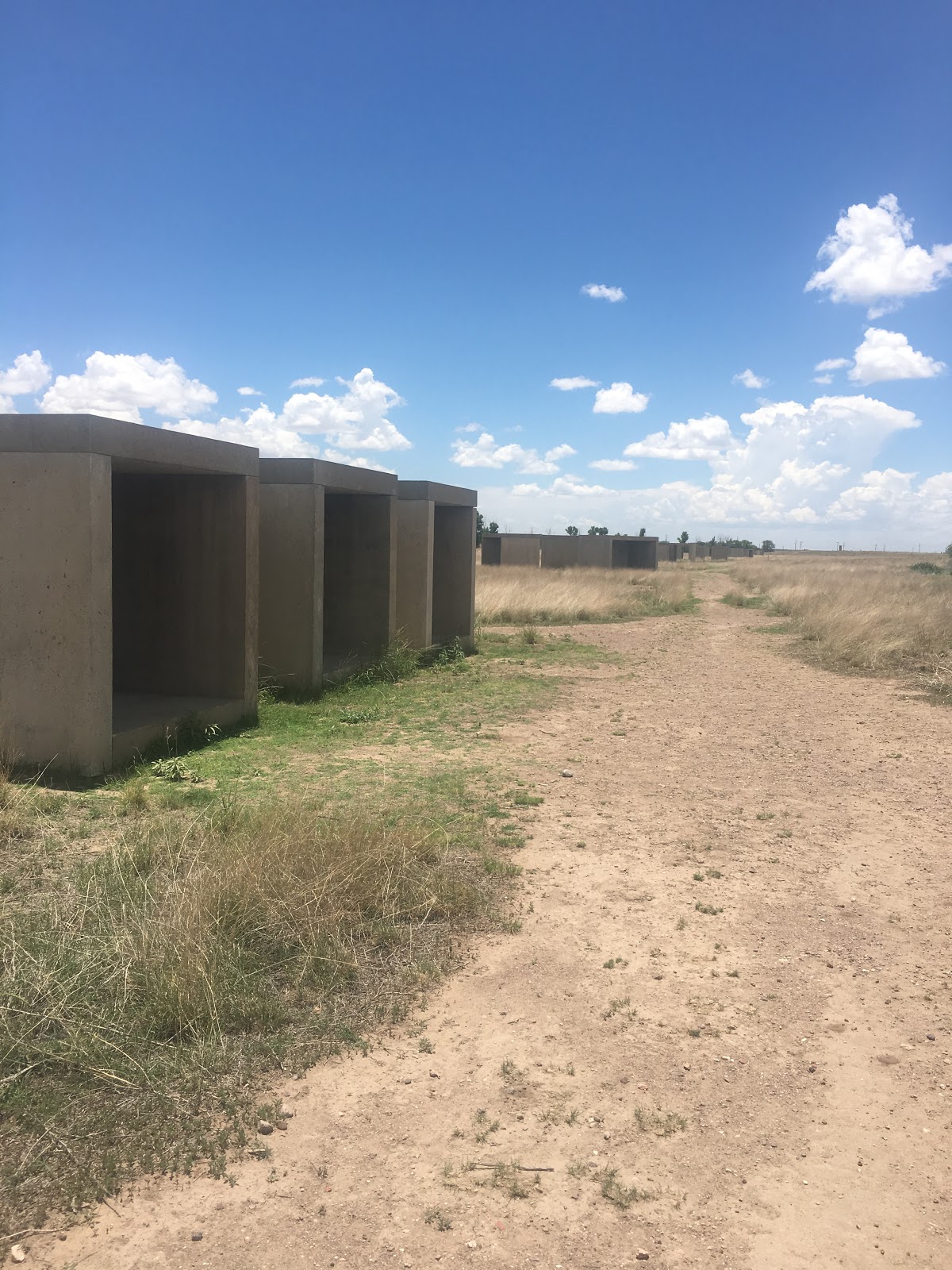
15 Untitled Works in Concrete by Donald Judd, Chinati Foundation
There are plenty of activities to fill up the time not spent arting. Bar Nadar is a boozy swim club that charges a $10 cover for daytime access, but the pool is free after 6pm and offers perfect respite from the Texas heat. If you feel like shooting pool with locals, check out Lost Horse Saloon. Marfa Book Co. offers an excellently curated selection of literature from all genres, as well as art prints and other handmade goods for sale. There are 15-ish restaurants in town, and there’s something for every budget.
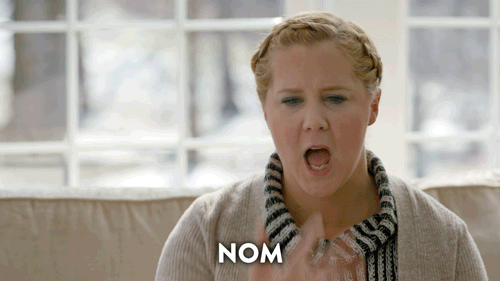
If you get sick of art and feel like driving, Chinati Hot Springs is two hours west and offers overnight accommodations that come with full access to their natural tubs. Big Bend National Park is an hour and a half to the south, and Guadalupe Mountains National Park is two hours north. Drive an hour to Balmorhea State Park and swim in its naturally sourced swimming pool (full of fishies).

It’s not as off-the-grid as it once was, but Marfa still delivers on the hype. It’s the kind of place that offers quality over quantity in every category, offering a few major attractions and just enough minor diversions. Its perplexing mixture of art culture and rural Texas living is pretty darn charming--to the extent that you may leave fantasizing about buying a city block or two.
By Anna McNeary
Sources
- Chinati Foundation, public tour, 7/12/17.
- Judd Foundation, public tour, 7/11/17.
- Neda Ulaby, “Marfa, Texas: An Unlikely Art Oasis In A Desert Town.” NPR, 8/2/12. Accessed 6/24/17. http://www.npr.org/2012/08/02/156980469/marfa-texas-an-unlikely-art-oas…









